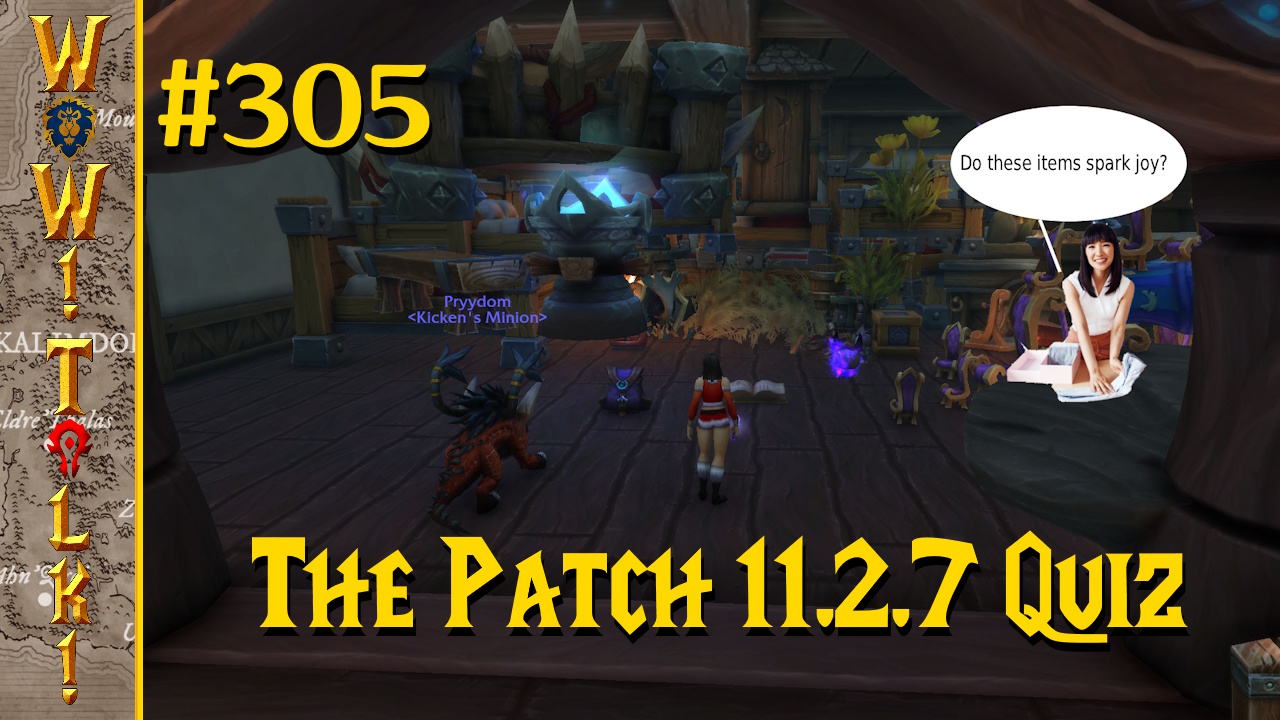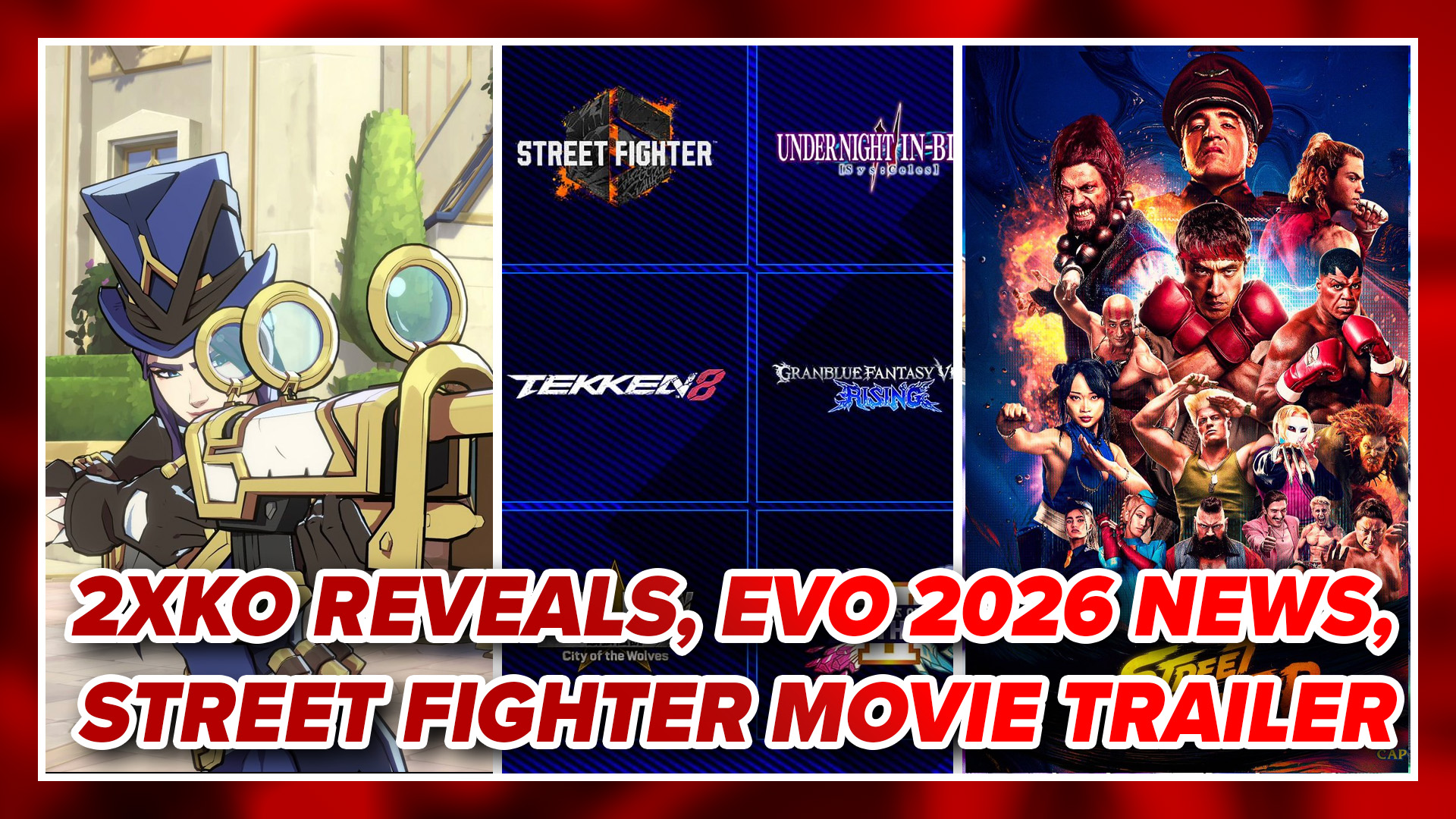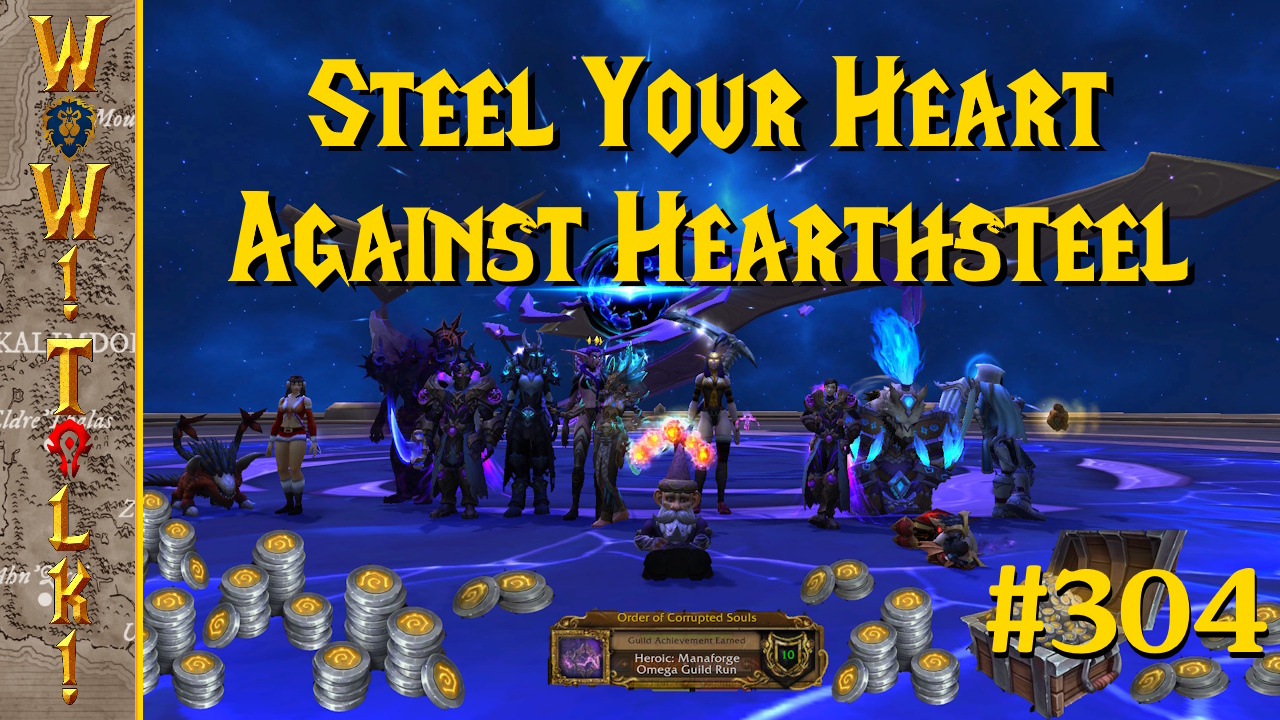The Metroid series has always been an odd duck in Nintendo’s long line of beloved classics. Unlike most Nintendo franchises, Metroid has a storied past of being tossed between numerous developers over the years instead of internal studios. The past decade has seen the series handled under the care of Retro Studios where it underwent a drastic change from 2D platformer to first person action/adventure on the GameCube. While these changes were significant, most critics and gamers were favorable towards Retro Studios’ Metroid Prime trilogy, which experimented a lot with the Metroid formula but still held strong to its roots. Now Tecmo’s Team Ninja has picked up the series and created the newest series installment, Metroid: Other M (Other M), as a plot-driven, action-packed 3D platformer. Yet what results isn’t another sparkling diamond in the Metroid series, but rather a flawed gem that occasionally shines.
In the chronology of the Metroid franchise, Other M takes place directly after the events of Super Metroid. After the climatic ending of the Super Nintendo classic, series protagonist Samus Aran finds herself responding to a distress call from a seemingly-abandoned ship and goes to investigate. She quickly meets up with a team of old colleagues from the Galactic Federation and the two decide to work together to scour the ship for survivors and uncover the events which turned it into a hostile, alien-infested mess.
In Other M, Team Ninja established they wanted to make this Metroid title a more cinematic experience and so, for the first time ever in the series, Samus Aran actually talks. Throughout the story, Samus talks at length about her previous experiences and her emotions during the events of the game. Most of her dialogue is spoken in a very film noir style as she narrates her thoughts while events unfold. But what should have created an interesting exploration into the personality of one of gaming’s most popular silent protagonists, actually turns out to be one of Other M’s biggest issues.
To say it bluntly, Other M’s plot and storytelling is aggressively bad. Samus and most of the cast sound as though they are on Valium while reading poorly written Metroid fan-fiction. If you’ve ever wanted to have an emotionally exhausted woman explain to you the symbolic importance of the “thumbs down” gesture with slow motion for five minutes, then this may be the game for you.
But while normally a bad plot doesn’t stop a great game, the problem here is that Other M’s story does all it can to literally stop the player’s progress. Long-winded cinematic litter the game in various places, bringing game play to a dead halt as characters take the time to rehash the bare-bones plot to each other at regular intervals. Most cut-scenes in the game are pretty lengthy and by Other M’s final act the cinematics take full control and game play is stopped like rush hour traffic for fifteen minutes at a stretch. After an anti-climatic final boss, Other M becomes a half-hour melodramatic CG movie which will bore its players into a stupor by the time game play actually resumes.
When the story isn’t trying to hijack the player’s time, Other M plays out in a style far more akin to classic Metroid installments than Retro Studio’s recent run with the franchise. Players will explore climate-themed sectors of the Bottle Ship while picking up power-ups, unlocking alternative routes, and battling massive bosses. The game only requires the Wii remote to play and it is handled like a classic Nintendo Entertainment System (NES) controller.
This style of play only uses three buttons and the game handles this lack of control by automating a lot of the more complex actions. The game automatically chooses the correct beam to use against an enemy’s weakness once unlocked and there is a very generous aim assist to shooting enemies. It’s a bit odd to watch laser beams curve towards the enemies on screen, but it makes fighting the game’s various alien monsters a lot less frustrating than it could be.
In addition to the classic NES control of the game, players can point their remotes at the screen and transition into a first-person view where missiles can be used and the blaster shot to activate switches. Most of the puzzles in the game boil down to scouring an area in this view and looking for the next switch or way forward. It’s an interesting design choice that uses the Wii remote well and allows players to examine some of the more interesting areas in detail. However, it is not without its problems.
Shooting missiles can be irksome at times as Samus is completely stationary when using the first-person view. This can be particularly irritating when dealing with melee enemies that dodge around or having to finish an enemy off with a missile blast while under fire. When enemies are clustered together it can be difficult to get the view to lock onto the correct one which can result in some frustrating moments when the target is hidden behind another enemy. At the best times, being locked down while needing to shoot a missile can be both intense and satisfying when pulled off at the last possible second. Yet most of the time, players will find themselves grumbling as their health rapidly diminishes while trying to take a shot at a boss’s weak point.
Other M is also more focused on action than other Metroid titles. Hallways are cluttered with enemies and many rooms in the Bottle Ship can only be exited once they are cleared of all enemies. Attacks can be dodged by moving away at the last second and many enemies can be immediately dispatched by charging toward them after a missile blast. The combat is often very frantic and never boring. The boss fights are particularly interesting and although they usual boil down to the same formula or getting some distance and firing a missile, they are always fast-paced and dramatic. Certain moments in these fights involve Samus running up an enemy’s arm or grappling a boss at close range, most of which is similar to Team Ninja’s previous work on the Ninja Gaiden franchise. The combat in Other M is easily one of its best features and truly the frenetic style that Team Ninja is known for.

There used to be an embeded media player here, but it doesn't work anymore. We blame the Tumbeasts.
Aside from the constant boss fights and dramatic encounters, the classic Metroid formula of exploring and upgrading is handled very well in Other M. While most of the game is set on a linear path through the various areas of the ship, almost any room in the game comes with its own nooks and crannies to be explored. There aren’t many areas where a missile stock or energy tank upgrade isn’t carefully hidden and ready to be sought out. As is usual with Metroid, doors which require certain weapons to open to tease the player into returning later and grabbing the goodies inside.
Unfortunately, the design choices that Team Ninja made in creating Other M complicates matters quite a bit. Since players can recharge missiles anywhere and important upgrades to Samus’ suit and weapons are given out when they are relevant to the story, the sense of satisfaction for discovering hidden upgrades is diminished. The hidden power-ups in Other M are mostly useless compared to the necessity they were in previous Metroid titles. Most players won’t need the upgrades at all and will only be interested in finding them when trying for 100% completion or a second play.
For all the new ideas that Team Ninja brings to the table, the best moments in Other M are still those originally found in the classic Super Metroid. While Team Ninja may have focused on action and narrative for their installment in the Metroid saga, Other M is at its best when fighting big bosses and exploring the setting itself. Although the redesign of the combat can add its own frustrations at times and the story breaks the pace of the actual game play in too many cases, it’s difficult not to recommend Metroid: Other M in spite of all this. When Other M focuses on the series’ strength, it’s a joy to play and a very rewarding experience. Hopefully the next Metroid will focus on making exploration a greater focus, refine the control of the first-person view, and ditch the melodrama altogether.
All images are from Videogameblogger.com and the video posted from experienceWii on Youtube.







